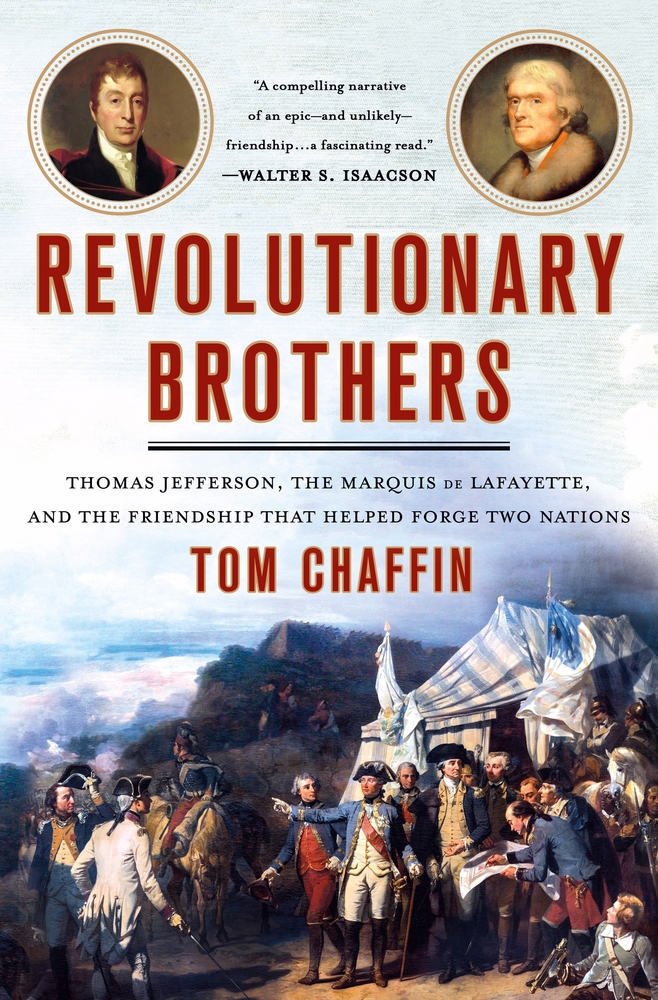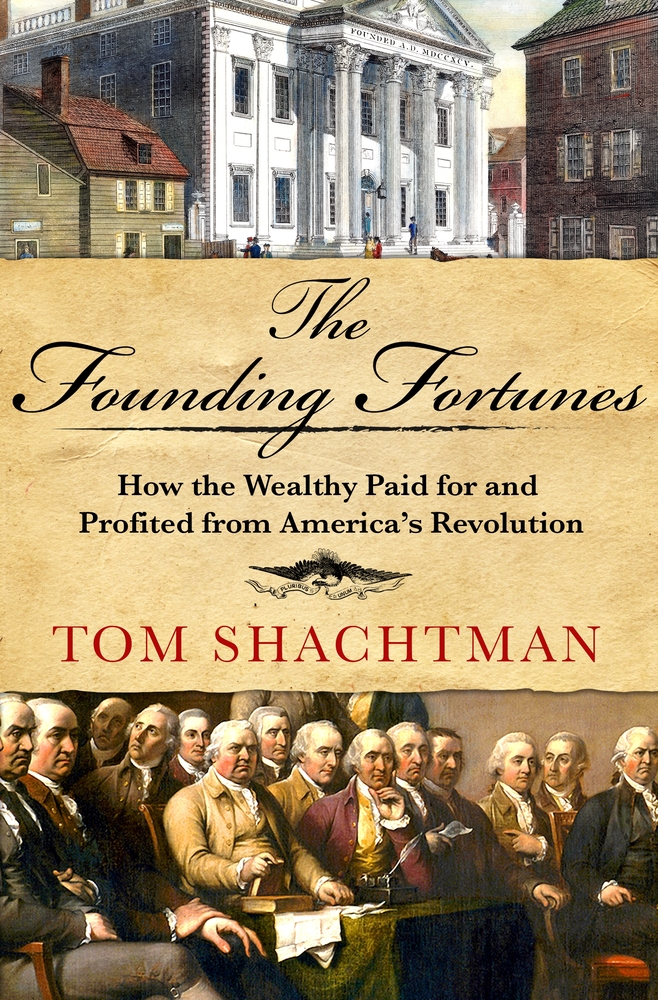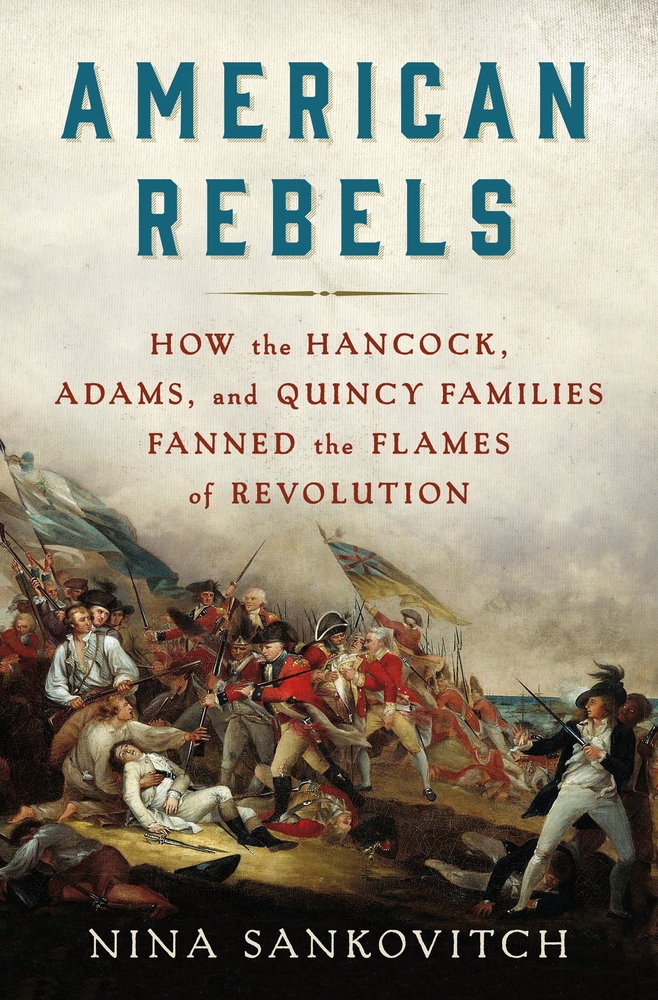From the unbreakable family bonds and funding that fueled the War to the treacherous murder plots and extreme starvation in the Continental Army, here are five books about the American Revolution you might have missed.
Revolutionary Brothers by Tom Chaffin

Two nations come together in the unlikely, complicated, but heartwarming friendship between Thomas Jefferson and the Marquis de Lafayette. Though each had drastically different personalities, both became supportive of the other’s revolutionary efforts for their respective countries. The French general became Jefferson’s only partner and confidant when he moved to Paris in 1784, and that warmth and friendship was reciprocated when Jefferson aided in Lafayette’s release from prison in 1792. These events are essentially lost in history as they are overshadowed by Jefferson’s monumental accomplishments in the American Revolution, making Chaffin’s book on this remarkable relationship a must-read.
The First Conspiracy by Brad Meltzer & Josh Mensch

In 1776, the American Revolution was not the only thing on George Washington’s mind. His personal bodyguards and other political figures – people he trusted – were part of a murderous plot against him. This treasonous affair eventually led to the modern-day CIA as a necessary effort to protect the President, both as a political and a military leader. The book provides a truly inspiring glimpse into Washington’s character, as not only did he win a war for his country, but he won a war for his life as well. It is a story that shows how strength and persistence will always prevail, even when faced with extreme hardship.
The Founding Fortunes by Tom Shachtman

Behind the physical feats and victorious battles that are remembered about the Revolutionary War, there was a group of wealthy men who used their money to make it all happen. A seven-year war is not cheap, which is why the financial efforts of these men are just as responsible for America’s independence as the efforts of the soldiers fighting for it. This behind-the-scenes handling of money is still relevant today, as things such as taxing the wealthy, national debt, and tariffs are things this country still faces. Thus, not only is this a historical account of the war but an educational book on American economics as well.
Valley Forge by Tom Clavin & Bob Drury

Perhaps one of the darkest moments in America’s young history, the Continental Army’s time at Valley Forge was a frigid six-month ordeal beginning in December of 1777. It became a fight for survival for Washington’s army, testing the relatively green army’s grit. Approximately 12,000 American soldiers had to endure starvation and disease in the ice-cold Pennsylvania winter. Washington himself was fighting off conspiracies against him, making this a complex story of different kinds of suffering, which ultimately – and surprisingly – ends with a newly-invigorated army ready for the struggles ahead. This story of American endurance in the face of disease and defeat is especially inspiring in these uncertain times, making the outcome all the more satisfying and hopeful to readers today.
American Rebels by Nina Sankovitch

While history focuses on the individual heroes of the American Revolution, the intimate details of their families are often ignored, yet no less important to the war effort. John Hancock, John Adams, Josiah Quincy Junior, Abigail Smith Adams, and Dorothy Quincy Hancock in particular were all childhood friends, raised with a British loyalist mindset which ultimately changed once they realized the importance of American independence. This familial bond and shared anger are what gave them the incentive to fight and to create a better life for their families. Sankovitch’s emphasis on family bonding and friendship is a value the country still needs to remember, especially during a time of such political divide.
